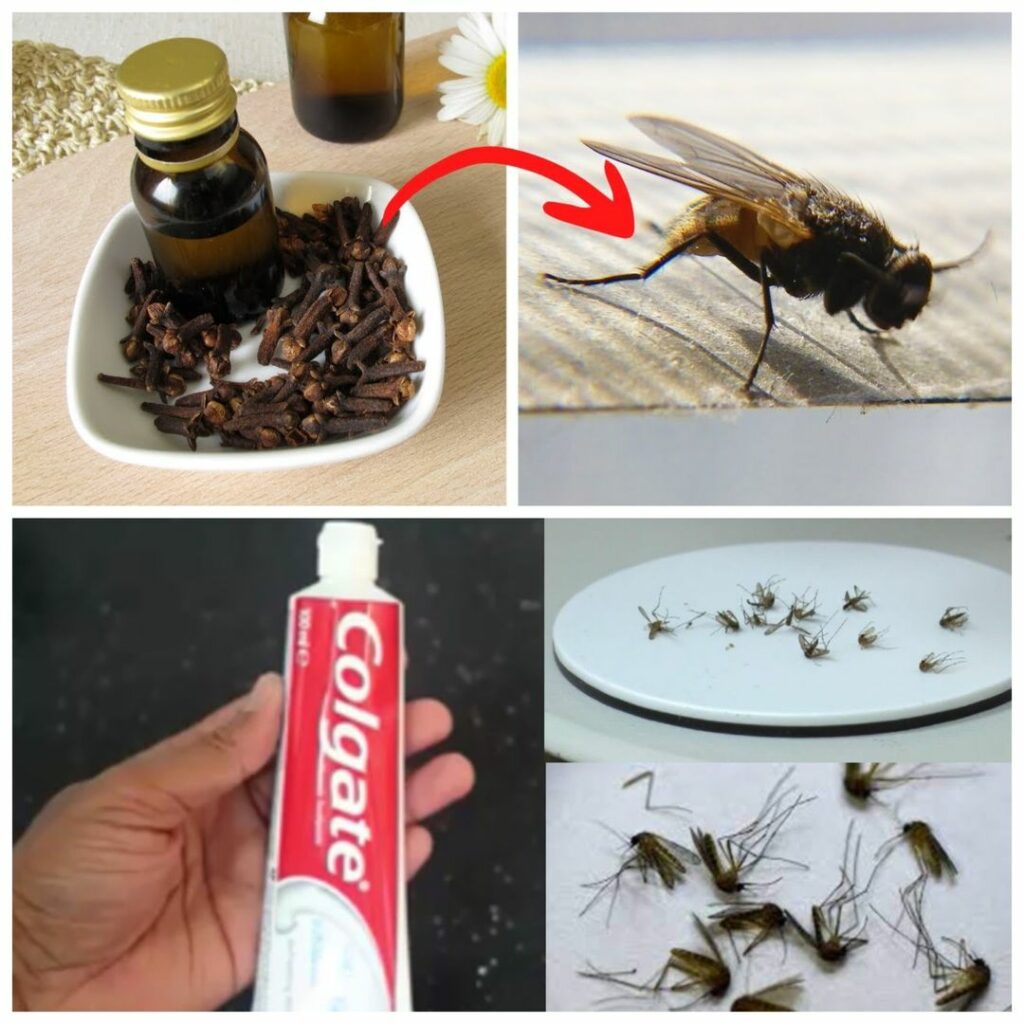
Are you tired of pesky insects buzzing around your kitchen? Say goodbye to mosquitoes and flies with a simple DIY natural insect repellent! By using safe and easily accessible ingredients, you can create a repellent that is effective and better for you and the environment. Let’s get started with an easy-to-follow recipe.

Ingredients You’ll Need
Essential Oils: Choose from citronella, eucalyptus, lavender, peppermint, or lemon grass. These oils have natural bug-repelling properties.
Witch Hazel or Rubbing Alcohol: Acts as a base for your repellent and helps it stay on the skin longer.
Vegetable Glycerin: Optional, but it can moisturize the skin and extend the life of the repellent.
Water: Distilled or boiled (cooled) water to dilute the mixture.
How to Make Your Natural Insect Repellent
Combine Essential Oils: In a spray bottle, mix 30-50 drops of your chosen essential oils. The more oils you use, the stronger the repellent will be.
Add Witch Hazel or Alcohol: Fill about half of the bottle with witch hazel or rubbing alcohol.
Add Water: Fill the rest of the bottle with water, leaving a little space at the top to shake the mixture.
Add Vegetable Glycerin (optional): If you have dry skin, add a teaspoon of vegetable glycerin to the mixture. This step is optional but recommended for moisturizing benefits.
Shake Well: Secure the lid and shake the bottle vigorously to ensure all ingredients are well mixed.
Test and Use: Before using the repellent, do a patch test on your skin to make sure you have no allergic reaction. Once confirmed, spray the repellent on exposed skin or clothing when needed. Reapply every few hours for maximum effectiveness.
Additional Tips for Success
Store Properly: Keep your repellent in a cool, dark place to preserve its potency for longer periods.
Shake Before Use: Always shake the bottle before applying, as oils and water can separate over time.
Enhance Protection: Consider planting bug-repellent plants like citronella, lavender, and marigolds around your kitchen or in window boxes for added protection.
Apply Frequently: Keep in mind that natural repellents may need to be applied more frequently compared to chemical alternatives.
It’s time to take control of those annoying insects in your kitchen! With this simple DIY natural insect repellent, you’ll finally have peace of mind.
Go ahead and give it a try – your insect-free kitchen awaits!


